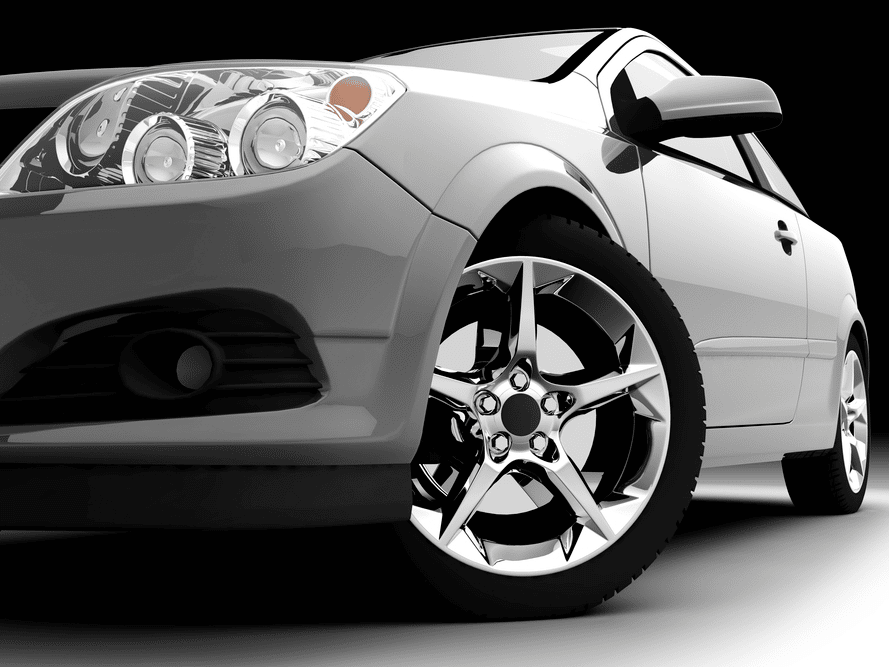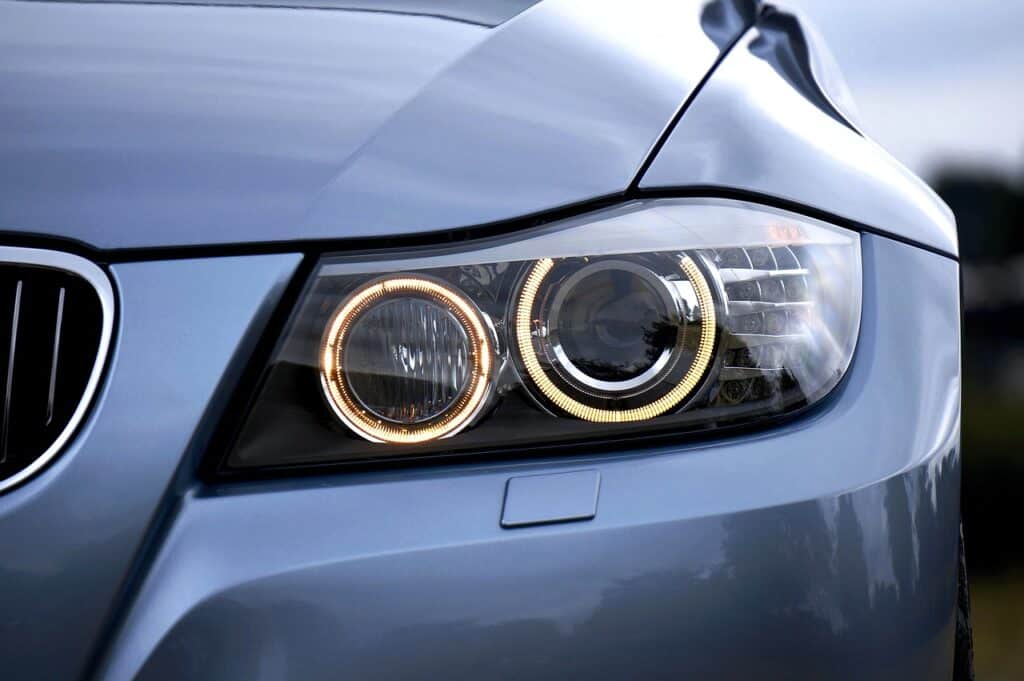
GRAPHENE vs CERAMIC COATING
Graphene vs Ceramic Coating: Which One is Better for Your Car?
If you’re looking to protect your car’s paint job, you may be weighing up two popular options: graphene vs ceramic coating. Both types of coatings can offer excellent protection against scratches, UV rays, and other environmental factors that can damage your car’s paint. However, there are some key differences between the two that you should be aware of before making a decision.
PAGE CONTENTS
Ceramic coatings are made from a type of silica that forms a hard, protective layer on top of your car’s paint. This layer is hydrophobic, meaning that it repels water and other liquids, which can help to prevent water spots and other types of damage. Ceramic coatings are also known for their durability, with some coatings lasting up to five years with proper maintenance.
Graphene coatings, on the other hand, are made from a type of carbon that is known for its strength and conductivity. Graphene coatings can offer even more protection than ceramic coatings, with some brands claiming to be scratch-resistant, self-healing, and able to withstand extreme temperatures. However, graphene coatings are still relatively new to the market, and there is less information available about their long-term durability and effectiveness.
What is Ceramic Coating?
If you’re looking to protect your car’s paint, you may have heard of ceramic coating. Ceramic coating is a liquid polymer that is applied to the exterior of a vehicle to protect it from various types of damage. The coating creates a chemical bond with the vehicle’s factory paint, which means it cannot be washed off or removed easily. Ceramic coating is known for its durability and long-lasting protection.
Pros of Ceramic Coating
Ceramic coating has many benefits. Here are a few:
- Protection from UV rays and oxidation
- Resistance to light scratches and abrasions
- Hydrophobic properties that repel water and other liquids
- Long-lasting protection that can last years (up to 9 with Gtechniq’s Crystal Serum Ultra)
- Enhanced gloss and shine.
Cons of Ceramic Coating
While ceramic coating has many benefits, there are also some drawbacks to consider:
- Cost: Ceramic coating is more expensive than traditional wax or sealant
- Curing time: Some ceramic coatings require a curing time of at least 24 hours before the car can be driven. However, Gtechniq ceramic coatings require less curing time so can be driven soon after application
- Not scratch-proof: While ceramic coating is resistant to light scratches, it is not completely scratch-proof and can still be damaged by rocks, gravel, and other debris on the road
- Application: Ceramic coating requires a professional application and cannot be applied by the average car owner.
What is Graphene Coating?
If you’re looking for the latest and greatest in car coating technology, graphene coating is definitely worth considering. Graphene is a form of carbon that’s incredibly strong, thin, and lightweight. It’s used in a variety of industries, from electronics to aerospace, and is now being used in car coatings as well.
Pros of Graphene Coating
One of the biggest advantages of graphene coating is its durability. It’s extremely resistant to scratches, chips, and other forms of damage, and can last for years without needing to be reapplied. It’s also hydrophobic, which means that water and other liquids will bead up and roll off the surface of your car, making it much easier to clean and maintain.
Another benefit of graphene coating is its high level of gloss and shine. It creates a deep, reflective finish that can make any car look like a showpiece. It also helps to protect against UV rays, which can cause paint to fade and discolor over time.
Cons of Graphene Coating
While graphene coating is an excellent choice for many car owners, it’s not without its drawbacks. For one thing, it’s typically more expensive than other types of coatings, which may be a barrier for some people. Additionally, it can be difficult to apply properly, and requires a high level of skill and expertise to get the best results.
Another potential downside of graphene coating is that it’s not as widely available as other types of coatings. You may need to do some research to find a reputable installer in your area who has experience with this technology.
You might also be hard pressed to find a graphene coating that comes with a guarantee, which could be a concern. When considering graphene vs ceramic coating, the best ceramic coatings come with a guarantee.
Graphene vs Ceramic Coating
Durability
Both ceramic and graphene coatings are known for their durability, but ceramic coatings are generally considered to be more durable. Ceramic coatings can last up to 5 years, while graphene coatings typically last for 2-3 years. Ceramic coatings are also more resistant to scratches and abrasions than graphene coatings.
Heat Resistance
When it comes to heat resistance, both ceramic and graphene coatings have their advantages. Ceramic coatings can withstand high temperatures up to 1,200°C, making them ideal for use on exhaust systems and other high-heat components. Graphene coatings, on the other hand, can withstand temperatures up to 600°C, which is still impressive but not as high as ceramic coatings.
Chemical Resistance
Both ceramic and graphene coatings are highly resistant to chemicals, but ceramic coatings are generally considered to be more resistant. Ceramic coatings can withstand exposure to harsh chemicals such as acids and alkalis, while graphene coatings may be more susceptible to damage from certain chemicals.
Ease of Application
When it comes to ease of application, graphene coatings are generally considered to be easier to apply than ceramic coatings. Graphene coatings can be applied using a spray or wipe-on method, while ceramic coatings require a more involved application process that typically involves multiple layers and curing times.
Cost
Ceramic coatings are generally more expensive than graphene coatings, but they also last longer and offer greater protection. Graphene coatings are a more affordable option for those who want to protect their vehicle or other surfaces without breaking the bank.
Which One Should You Choose?
Factors to Consider
When considering between graphic vs ceramic coating, there are several factors to consider:
- Price: Ceramic coatings tend to be more affordable than graphene coatings.
- Durability: Graphene coatings are known for their extreme durability, while ceramic coatings also offer excellent protection but may not last as long.
- Heat Resistance: Graphene coatings can withstand higher temperatures than ceramic coatings, making them a better choice for high-performance vehicles.
- Application: Ceramic coatings can be applied by hand, while graphene coatings require specialised equipment and training.
Personal Preference
Ultimately, the choice between graphene vs ceramic coating will depend on your personal preferences and needs. If you’re looking for a more affordable option that still offers excellent protection, ceramic coating may be the way to go. However, if you want the ultimate in durability and heat resistance, and are willing to invest in a more expensive coating and application process, graphene coating may be the better choice.
It’s important to do your research and consider all factors before making a decision. Ultimately, both ceramic and graphene coatings offer excellent protection for your vehicle, and the right choice will depend on your individual needs and budget.
On the Sunshine Coast and interested in Gtechniq ceramic coatings?

